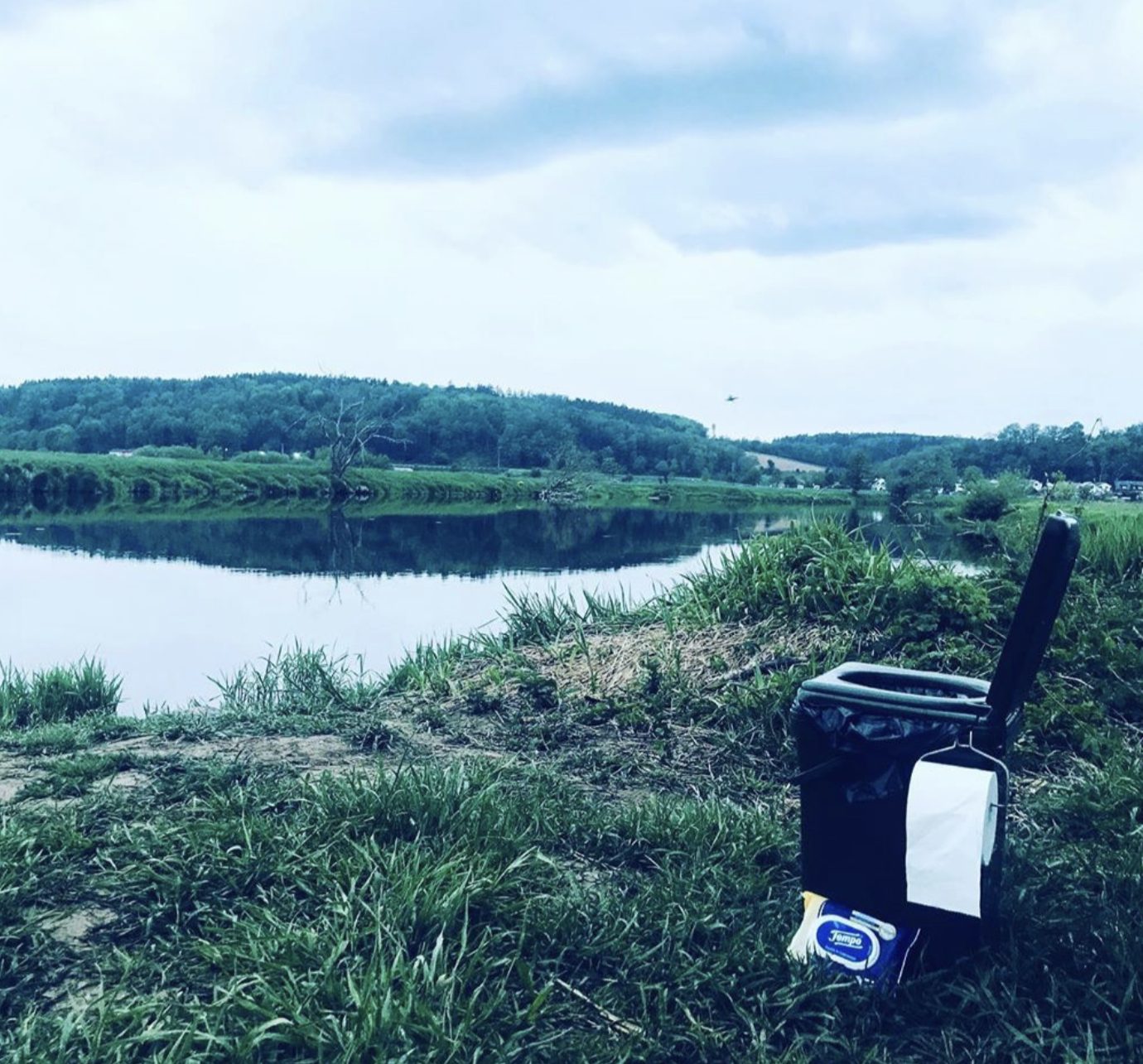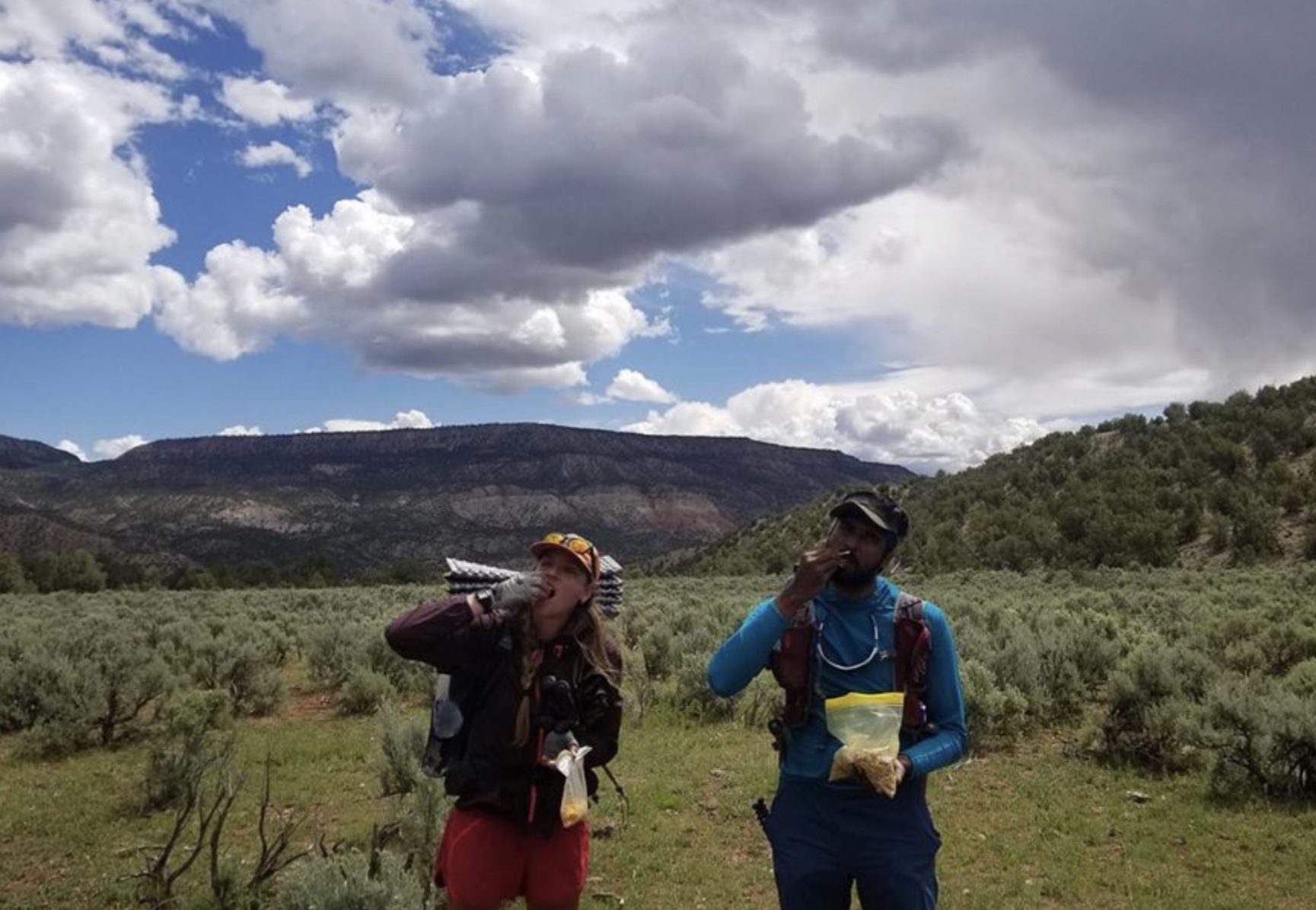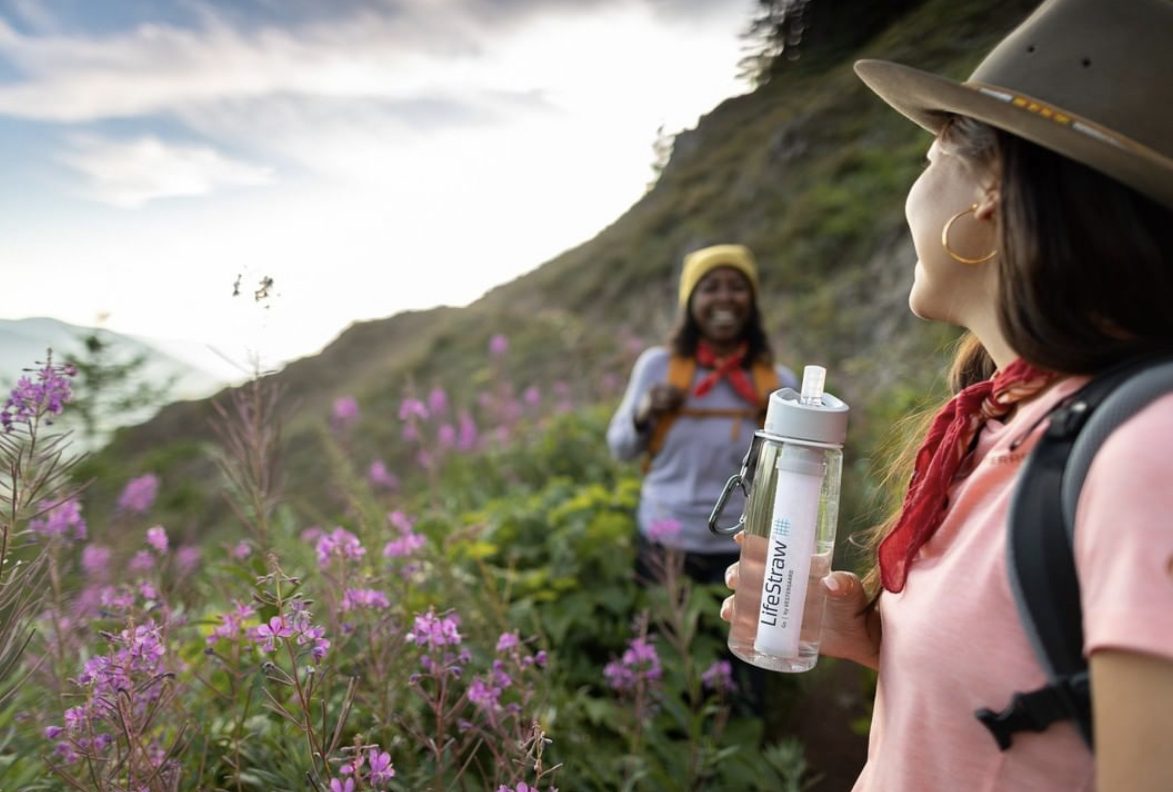What To Bring On A Hike: An Essential Guide And Kit List
It can be difficult to know what to bring on a hike, especially if you’re new to the activity. Vanlife goes hand in hand with hiking as you can drive straight to a trailhead and plan these spots into your road trip. Often, you can arrive at the base of your walk the night before and sleep in the car park to get an early start on your hike.
Cutting out the driving time means you can tackle longer hikes that you otherwise could if you had to plan the drive to and from the location into your day. Hiking is an excellent outdoor activity for vanlifers as the gear required is minimal, good news for those with limited storage space. While you don’t need much to go walking, there are a few essentials that you will want to take with you.
Features Image Credit: @vagabondhearts
Things To Consider Before Packing
Before deciding what to bring on a hike, there are a few factors to consider in order to personalise your list.
Length of Hike
First of is the length of your walk. If you’re only going to be out for a couple of hours, you could probably get away with just grabbing a bottle of water and heading out. But for a full day hike, your gear list is going to be more comprehensive.
Weather and Elevation
The sort of weather you will be facing throughout the day is a huge factor in what to bring on a hike. Getting too cold could be dangerous to your health as is catching too much sun, which can lead to sunstroke. It’s essential to ensure you will be comfortable throughout the day for your safety and so you can enjoy your route.
Elevation goes hand in hand with the sort of clothing you will want to bring along. As you gain height, it starts to get colder, and you may even see snow on larger mountains. If you are tackling a big ascent, then check the temperature at the top before you set off to make sure you bring the right layers.
Facilities on Route
Finally, you want to consider if there are any facilities on your route. Some more popular walks will have water refill stations, toilets and maybe even a cafe. However, it is most likely that you won’t encounter any facilities. This means that, on most hikes, you will need to be completely self-sufficient.
Weight
Remember that you will have to carry everything you pack for the duration of your hike. You want your backpack to be as light as possible, so your walk is enjoyable. If it isn’t crucial, then leave it in your van!
So, let’s dive in and take a look at what to bring on a hike. This is a list of everything I take when going on a full-day hike. Of course, there may be some more items that you want to bring, but these are the ten essentials.
1. Backpack

First off, you’re going to want to bring a backpack with you, to hold all of your gear. You want to choose something big enough to carry everything but not so big that it is bulky and adds extra weight. Generally, you want a day pack that is around 15-30 litres.
Remember that you will need to carry your bag all day and even something lightweight can feel heavy after a few hours. Look for a backpack with hip and chest straps, so you‘re spreading the weight across your body. A bag with pockets is also a good idea, as all of your gear and snacks will be quicker to access en route.
Many daypacks come with a water bladder. To a novice hiker, this may seem a bit unnecessary, but it’s a great way to carry more water without the added bulk and weight of multiple bottles. They also encourage you to stay hydrated through your route as you don’t need to stop every time you want a drink. If you’re deciding what backpack to buy, I would recommend one with a water bladder included.
2. Navigating Equipment

One of the essential things to include when deciding what to bring on a hike is navigating equipment. You do not want to get lost on your route so make sure you have your map and compass!
More and more people rely solely on GPS mapping apps on their phone. These are great, but just remember a phone battery can die! This is why it is vital also to pack a paper map and compass, just make sure you know how to use it!
If you’re not yet confident with a map, then practise using it alongside your phone, and pack a battery pack for extra charge in an emergency. Also, be sure to get a waterproof case for your map so you can use it whatever the weather.
3. Water

Without water on a hike, you could get severely dehydrated and unwell, especially in hot weather. Remember, you will need to drink more when walking long distances than you would on an average day.
While it might be tempting to bring a flask to keep your drinking water cold, this is added weight that you will have to carry all day. The easiest way to carry water is to get your self a backpack with a water bladder so that you can spread the weight.
If you’re worried about running out of water, you could also pack some water purification tablets or a life straw. By using one of these, you can fill up from any natural water sources that you encounter along the way.
4. Food

One of the first things most people think about when considering what to bring on a hike is food! Pack enough food to keep your energy up throughout the day and some extra, in case of an emergency. Don’t get pulled into the trap of sport-specific foods, they’re expensive and a day hike isn’t long enough to need these sort of high-calorie snacks.
Instead, pack things like fruit, nuts, cereal bars and maybe even some sweets for those who like sugary snacks. You’ll want to pack a filling and nutritious lunch to keep you going. My advice is to keep it simple, go for a couple of sandwiches and choose food that won’t get squashed in your bag.
5. Sun Protection

Even if the sun isn’t shining when you set off, it’s worth packing sun protection just in case. It won’t add too much weight to your pack and could be a lifesaver if the sun makes an appearance. Heatstroke on the trail is not fun and can be dangerous. Make sure you include sun cream, a hat and sunglasses in your kit.
6. Layers of Clothing

Clothing is an important factor to consider when deciding what to bring on a hike. Which items you choose to pack will depend on the climate and conditions you are hiking, but as a general rule, you’ll want to go for layers.
Packing several layers means that you can adjust what you are wearing as you get warmer or colder. You’ll also want to think about what sort of clothing you wear. Moisture-wicking and quick-drying sportswear are ideal for keeping you comfortable, as you’ll be getting sweaty throughout the day.
As well as the clothes you wear all day, make sure you bring a lightweight fleece and a waterproof jacket. Look out for packable items that will take up minimal space in your backpack. You don’t want to be lugging around heavy layers all day.
7. Toilet Paper

People often forget to pack toilet paper when hitting the trail, but, as a woman, it is a key part of my kit. The most important thing to remember when bringing toilet paper on a hike is to take it home with you!! Respect the land you are walking in and leave it as you found it.
When going for a nature wee, make sure you are away from any water sources. You may also want to pack a bag to put your used tissue in, a toilet trowel and some hand sanitiser.
8. First Aid Kit

You never know what will happen when you head out for the day so a first aid kit should be on your list of what to bring on a hike. You can buy a ready-made first aid kit or build your own, just make sure you have all the basics. Pack things like plasters, bandages, antiseptic wipes, scissors, safety pins and wadding. You may also want to include blister plasters, just in case your shoes begin to rub.
9. Appropriate Footwear

You don’t want to go hiking in flip-flops, it is important to wear comfortable and appropriate footwear for your walk. If you’re buying new hiking shoes, then ask a store member for some advice specific to you and the type of hiking you plan on doing.
Generally speaking, you want a shoe or boot that is lightweight, water-resistant and has grippy soles. Boots are preferable for tackling tougher terrains as they protect your ankles if you were to stumble. If you don’t have any specialist hiking shoes, then go for your most comfortable trainer that you would wear for other physical activity.
Having the correct socks can also make hiking much more comfortable. Woollen or synthetic socks are best as they are moisture-wicking and can keep your feet dryer for longer. They also provide padding and help to avoid blisters.
10. Multi-Tool and Torch

The last essential items on our list of what to bring on a hike are a multi-tool and torch. These things are good to have in case of an emergency. You never know when you might need a knife or multi-tool, from chopping snacks to aiding in performing first aid, it’s good to have one to hand.
If you find yourself still hiking when the sun starts to set, it’s comforting to know you have a torch. While walking in the dark isn’t ideal, and you should plan to be back at your van before evening, things sometimes go wrong, and you get lost, or your route just takes longer than expected. In these scenarios, it’s good to have a torch to help you out.
Non-Essential Items
The list above are the essential items to bring with you on a walk, but there may be other things you want to include in your pack. When deciding what to bring on a hike, just remember that everything adds weight and if you won’t use it, it’s best left in your camper.
Here are a few extra things you might want to pack:
- Camera
- Toilet Trowel
- Spare Socks
- Emergency Shelter
- Whistle
- Bank Card/ Cash and ID
- Bandana or Buff
- Insect Repellant
- Trekking poles
- Battery Pack
- Matches
Final Thoughts…
While it is important not to get too bogged down with having the right gear, it is crucial to be safe when going on a long day hike. It’s important to have the essentials, but you don’t need to spend a lot of money to get out there on the trail, hiking is for everybody.
As a final precaution, make sure you tell a friend your route and check in with them when you make it back safely. Is there anything we’ve missed on our list of what to bring on a hike? Let us know by joining the Van Clan on Facebook, Instagram and Twitter.
More Content From The Van Clan Team
- Discover the best RV accessories to make life on the road even easier.
- If you’re an outdoorsy person, the new Project M Four Wheel Camper could be the van for you.
- Find out everything there is to know about free camping, whether you’re based in Europe or the USA.












COMMENTS
Please note that all comments will be checked by our team before being approved.